What is the Meaning of OPS in Baseball?
OPS is a hitter’s baseball statistic that measures a batter’s on-base percentage plus slugging percentage. Players, coaches and statisticians alike use this stat to measure the quality of at-bats that a given player has throughout the season.
| Read: 4 min
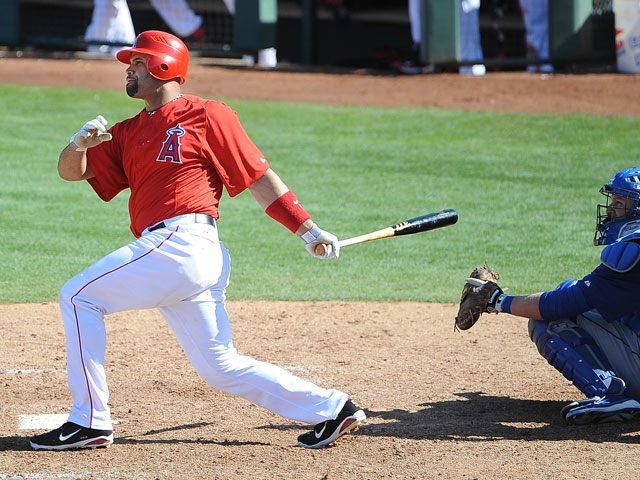
OPS is just another tool to measure a player’s ability to produce at the big league level. Stats like OPS+ help teams measure that player against the league average, but we will get to that soon.
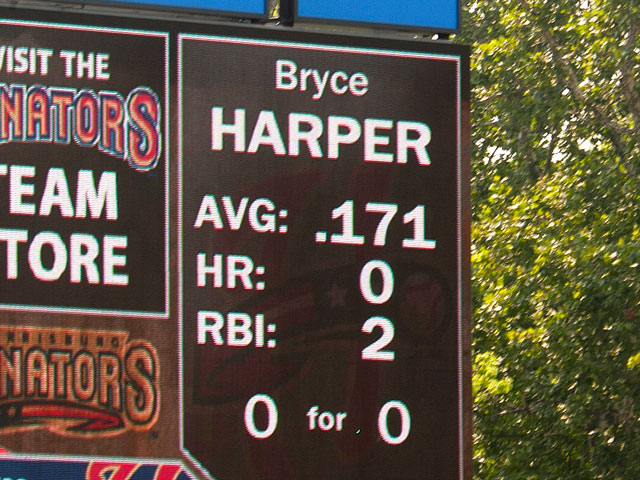
Batting Average Calculator
Use our tool to figure out how to calculate your batting average. | Read On
How do you calculate OPS?
OPS, or On-Base Percentage + Slugging Percentage, is calculated by adding both numbers together. For example, if a player had a 0.250 OBP and a 0.250 SLG, then that player would have a 0.500 OPS.
The easiest way to calculate OPS is to assign a value to each outcome. For instance, Homeruns are worth 4, Triples worth 3, Doubles worth 2, and Singles, Walks, and Hit-By-Pitch at bats are worth 1 each. Total up an individual's results and then divide by total at-bats.
Who is the all-time OPS leader?
To be blunt, there are no punch and judy hitters here.
Barry Bonds is the all-time OPS leader in Major League Baseball history. He is followed by Babe Ruth and Ted Williams, the last MLB batter to have a 400+ batting average.
Let’s put it another way, a great player such as Tim Raines or a speedy Billy Hamilton can use bunts and slap hits to get on base, but they’re never going to be an all-time leader on the OPS list without raising their slugging average.
The same can be said about lumberjacks like Adam Dunn or Joey Gallo. Mashing homers and collecting RBI is great, and, it will get you paid, but it’s hard to set a single-season OPS mark if you’re striking out every third at-bat.
The best hitters maximize their plate appearances by hitting for average (AVG) as well as power, and by being patient and taking walks when good pitches to drive are unavailable to them.
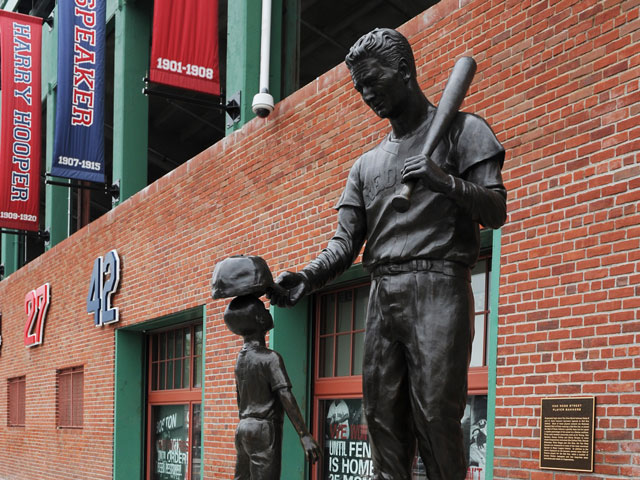
All-time Top 10 Career OPS leaders
Interestingly enough, Mike Trout is next up on the list with the 11th best OPS of all-time. Sure, he doesn’t have the same number of at bats across his career as these other guys, but he’s in his 12th season and that’s nothing to shake a stick at. Just be glad he’s not on the Yankees.
Actually, when you look at this list, you see a fair share of New York Yankees and Boston Red Sox, as well as a Detroit Tiger (Hank Greenberg).
With the exception of Babe Ruth, what you don’t see is a lot of pitchers on the list. So no, you won’t find Dodgers ace Sandy Koufax or Sox/Jays/Yankees/Astros great Roger Clemens here.
- Babe Ruth
- Ted Williams
- Lou Gehrig
- Oscar Charleston
- Barry Bonds
- Jimmie Foxx
- Turkey Stearnes
- Mule Suttles
- Hank Greenberg
- Rogers Hornsby
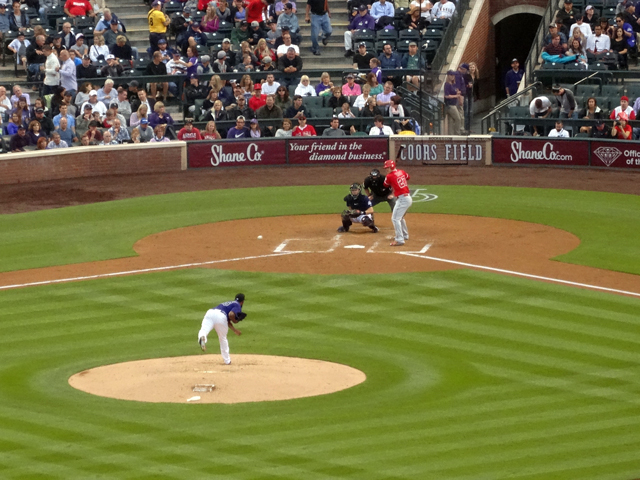
What is OPS+
OPS+ is a super version of OPS. In short, it adds context to the stat. This comes in the form of measuring a player’s OPS in various ballparks, as well as serving as a measuring stick against the performance of the league in its entirety for the season, multiple seasons, or throughout baseball history.
OPS+ rose to prominence when Bill James coined sabermetrics and helped usher in a new set of stats for analytics-driven teams to comb over. Some players, such as All-Star Mike Trout, shine no matter what sort of metrics you apply to them. Those are the players that fill the stands with both paying ticket holders and baseballs deposited off the bat from home plate during the games. Goodbye, Uncle Charlie!
A healthy Mike Trout is generally going to finish near the top of the annual OPS+ list due to his extensive collection of extra-base hits (usually home runs) that increase the total bases column on his baseball card or baseball-reference page.
OPS FAQs
OPS and Sacrifice Flies (SF), do they count?
Sacrifice flies fall into the gray area of hitting. A sacrifice fly does not count as an official at-bat for the hitter. Nor does a SF award the hitter first base.
It’s true that a base-on-balls (walk) and an intentional base-on-balls (intentional walk) does not count as an official at-bat either. However, they do award the hitter first base and do count toward OPS. Same goes for a hit by pitch (HBP).
How do you qualify for the Single-Season OPS title?
Per Baseball-Reference, baseball players need “3.1 PA per team game played” to qualify for the season end stat awards.
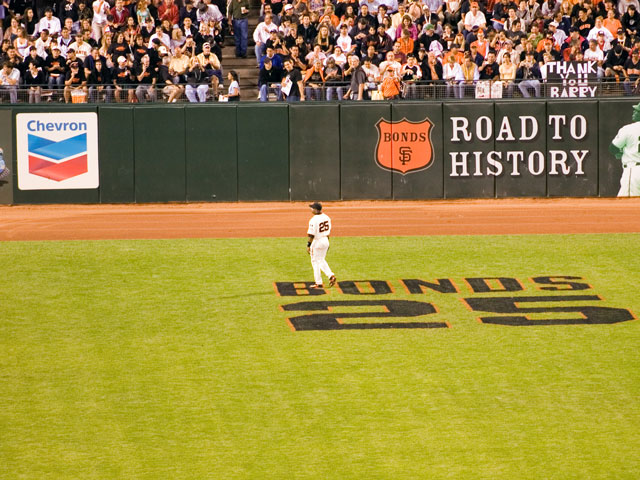
What are the Best Single-Season OPS marks?
For as crazy a season as Cardinals 1B Mark McGwire had in 1998, his OPS still only ranked as the 28th best season of all-time. Same goes for Detroit legend, Ty Cobb, whose best season OPS-wise is a 171st place finish. And that guy had a NUMBER of hits in his career.
Once again, the common denominator is power (number of bases) & patience (frequency of getting on base). One ancillary benefit to a high OPS is generally a lot of runs batted in (RBI).
- Josh Gibson 1.4744
- Josh Gibson 1.4271
- Barry Bonds 1.4217
- Charlie Smith 1.4214
- Barry Bonds 1.3807
- Babe Ruth 1.3791
- Barry Bonds 1.3785
- Babe Ruth 1.3586
- Mule Suttles 1.3489
- Mule Suttles 1.3247
What is a Good OPS?
While 1.000 is thought of as the golden measurement of an elite OPS, a good OPS is anything above 0.800.
Why is a 1.000 OPS considered elite?
A 1.000 OPS is considered elite because it means that a hitter will produce one base for every plate appearance they make, on average. A 1.000 OPS is remarkable when you consider that a great batting average is 0.300 - or - .300.
Wrapping Up
A high OPS is the goal if you’re a baseball (or softball) player at any level, be it the National League or your local Hometown Little League.
Leisure Gear & Swag
References & Sources
- https://sabr.org/sabermetrics
- https://www.baseball-reference.com/leaders/onbase_plus_slugging_career.shtml
- https://www.baseball-reference.com/leaders/onbase_plus_slugging_season.shtml
- https://www.baseball-reference.com/players/m/mcgwima01.shtml
- https://www.baseball-reference.com/players/p/pujolal01.shtml